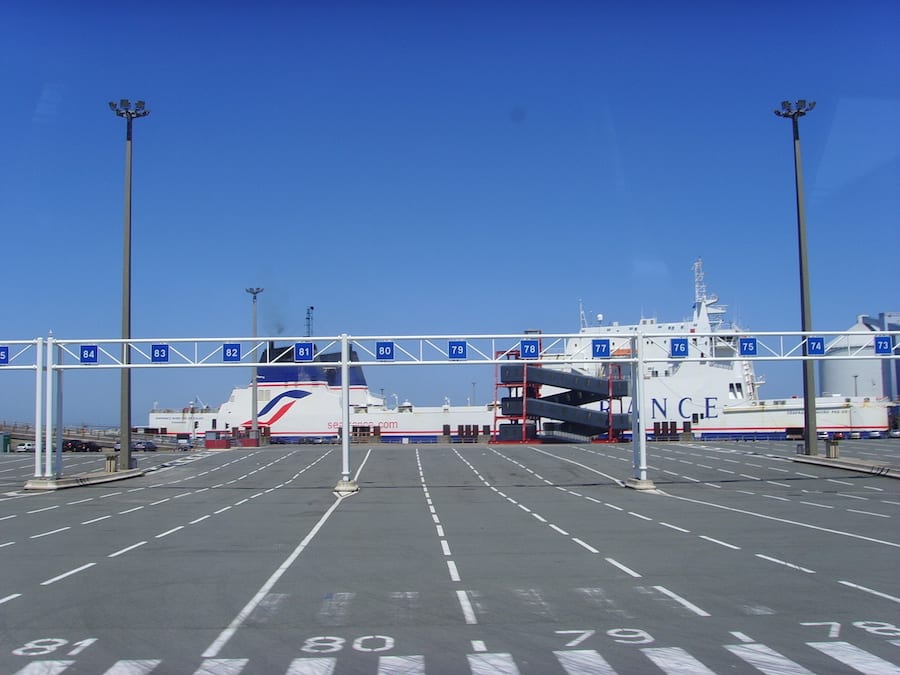
UK export growth is slowing while European exporters are starting to flourish again, according to the latest European Export Index.
The latest findings from the quarterly index show that UK exports have fallen to their lowest level since Q1 of 2016, when uncertainty loomed ahead of the nation’s vote to leave the EU.
The UK’s Export Growth Index, which charts annual growth in total exports, fell to 96.0 from 98.2 in the first quarter of 2018, creeping closer to the point of contraction (below 95.0), and plummeting 12.1 index points from this time last year.
The UK’s Export Inflation Index – which indicates the rate of year-on-year growth in export prices – has risen to 102.1 from 97.6 this quarter, suggesting that the price of UK exports is continuing to increase at pace. Uncertainty about Brexit continues to dampen the hopes of UK exporters, while rising prices are causing foreign customers to look elsewhere.
By comparison, European export growth is accelerating. BDO’s Export Growth Index for the EU has risen to 99.8 in the second quarter of this year, up from 98.7 in Q1. The strong performance of the EU in the face of a developing global trade war demonstrates that its exporters are proving more resilient to the threat than originally feared.
Thriving European export growth is in part due to the solid performance of Spanish exporters. Spain’s Export Growth Index now sits at 100.3, rising above the long-term growth trend and up from 99.0 the previous quarter. This has been spurred by the improving performance of the Spanish economy, which grew 3.1 per cent in 2017. Germany’s export growth has also been robust. Its Export Growth Index reached 100.0 in Q2, up from 99.4 the previous quarter.
Commenting on the findings, Peter Hemington, Partner, BDO LLP, said: “The initial post-referendum boost UK exporters experienced following the fall in the value of sterling is starting to wear off.
“It’s now been two years since the UK decided to leave the EU yet we’re still no clearer on exactly what our exit plan looks like. Hopefully as details of the final deal and the transition period become clearer, UK exporters will be able better to prepare and invest for their future.”
Overview of the BDO indices:
| Country | Q2 2018 (figures for this report) | Q1 2018 | Q4 2017 | Q3 2017 | |
| BDO Export Growth Index | EU | 99.8 | 98.7 | 100.8 | 96.7 |
| UK | 96.0 | 98.2 | 100.6 | 107.9 | |
| Germany | 100.0 | 99.4 | 102.9 | 102.4 | |
| France | 98.7 | 99.3 | 99.8 | 101.2 | |
| Spain | 100.3 | 99.0 | 102.9 | 103.0 | |
| Italy | 98.2 | 98.2 | 102.4 | 101.0 | |
| BDO Export Inflation Index | EU | 98.6 | 97.4 | 102.4 | 107.6 |
| UK | 102.1 | 97.6 | 98.9 | 104.0 | |
| Germany | 103.2 | 98.9 | 103.0 | 105.4 | |
| France | 102.2 | 90.2 | 108.7 | 104.0 | |
| Spain | 107.2 | 109.6 | 103.9 | 98.5 | |
| Italy | 102.4 | 107.4 | 106.4 | 105.0 |
RELATED
https://www.thelondoneconomic.com/news/uk-supermarkets-plunging-small-scale-farmers-into-poverty/21/06/
https://www.thelondoneconomic.com/news/democracy-in-decline-for-third-of-the-worlds-population/21/06/
https://www.thelondoneconomic.com/news/politics/keep-latin-american-open/20/06/